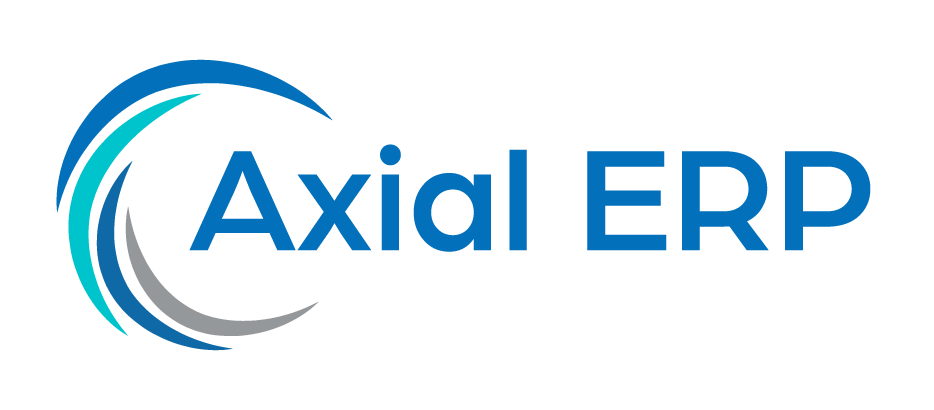Best ERP Practices for Inventory Alignment in Omnichannel Retail
In the dynamic world of omnichannel retail, maintaining effective inventory alignment is a constant challenge and a critical need for business success. Adopting an Enterprise Resource Planning (ERP) system can be a powerful tool to achieve this goal. In this article, we will explore the best ERP practices for inventory management in the context of omnichannel retail.
Understanding Omnichannel Retail
The concept of omnichannel retail refers to a sales strategy that provides customers with an integrated and cohesive shopping experience, regardless of the purchasing channel they use. This can include physical stores, online stores, mobile applications, social networks, and more. The key to success in omnichannel retail is consistency and transparency across all platforms.
The Importance of ERP in Omnichannel Retail
An ERP system is essential for efficiently managing business operations, including inventory management, logistics, finance, and customer service. In the context of omnichannel retail, an ERP helps synchronize real-time inventory information across all sales channels, enabling a unified and up-to-date view that is vital for meeting consumer expectations.
Best ERP Practices for Inventory Alignment
Full Integration between Channels
Data integration across all sales channels and customer touchpoints is essential. An ERP should be able to collect and process real-time inventory information, ensuring that all channels reflect the current availability of products.
Process Automation
Automating inventory processes through the ERP allows for reducing human errors, increasing efficiency, and improving response to demand. Tasks such as stock replenishment, inventory level updates, and purchase order generation should be automated as much as possible.
Demand Management and Resource Planning
An ERP should offer advanced tools for demand forecasting and resource planning. This includes the ability to analyze historical data and market trends to anticipate future inventory needs and avoid both overstock and product shortages.
Real-Time Visibility
Real-time visibility of inventory is critical for making informed and agile decisions. An ERP should provide dashboards and reports that allow managers to monitor the inventory status at any time and place.
Flexibility and Scalability
As the business grows and market demands change, the ERP system must be flexible and scalable enough to adapt. This means it should be able to handle an increase in transaction volume and expansion into new channels without compromising performance.
Collaboration and Communication
For effective inventory alignment, fostering collaboration and communication between different departments and supply chain partners is crucial. An ERP should facilitate information sharing and enable efficient coordination among all involved parties.
Conclusion
Inventory alignment in omnichannel retail is a complex process that requires a well-thought-out strategy and the implementation of a robust ERP system. By following these best practices, companies can maximize efficiency, meet customer expectations, and maintain a competitive advantage in the market.



